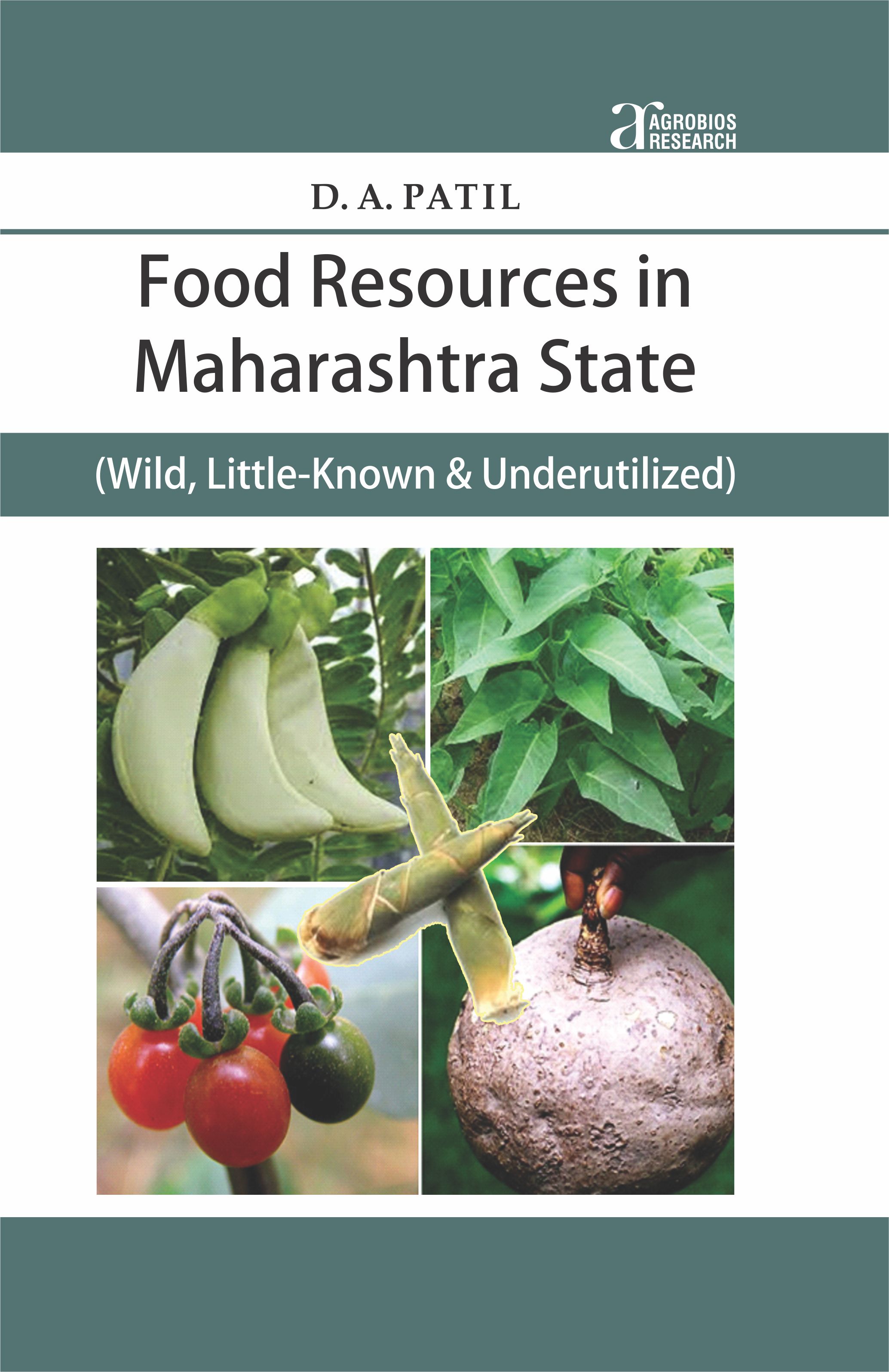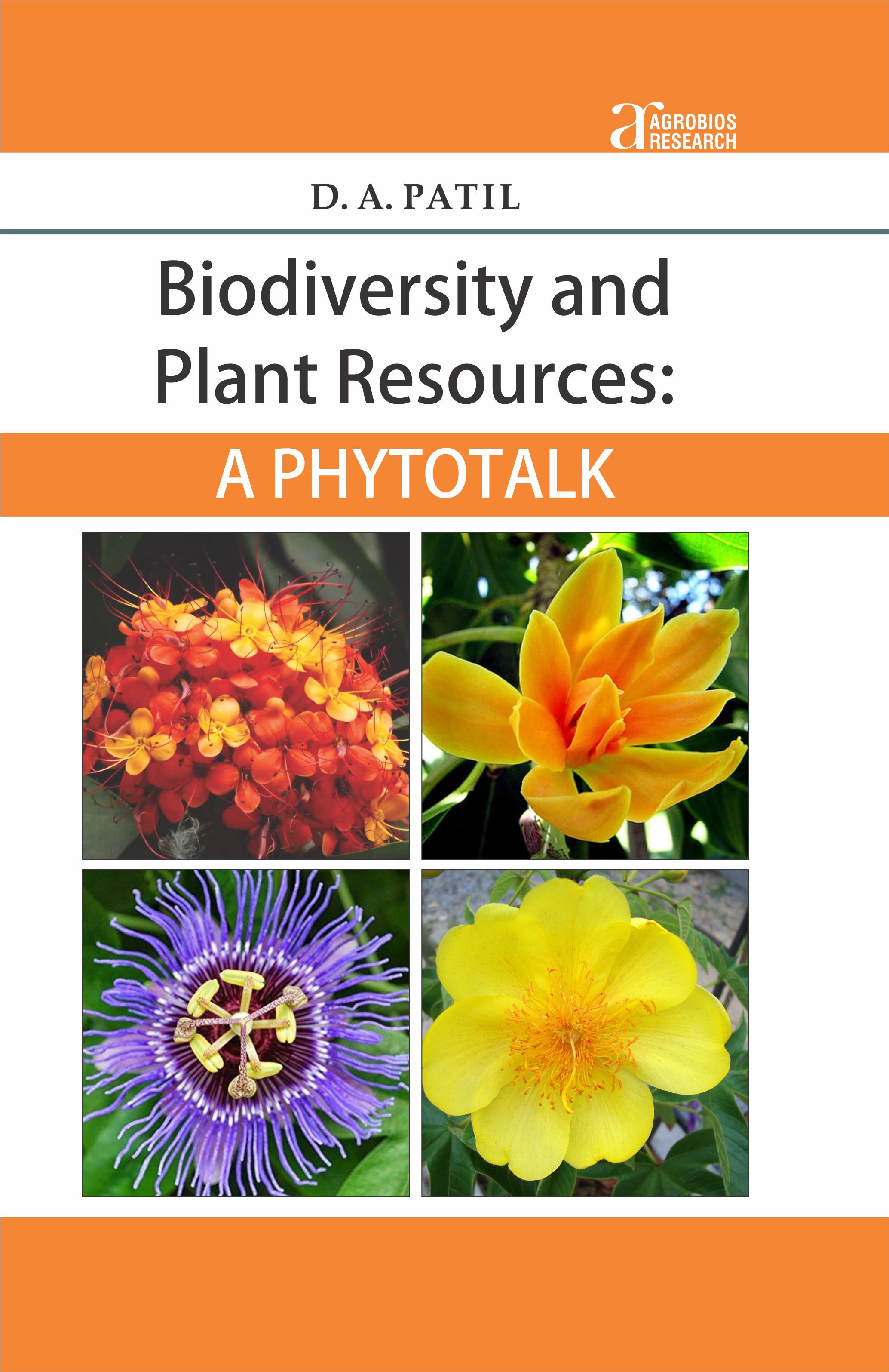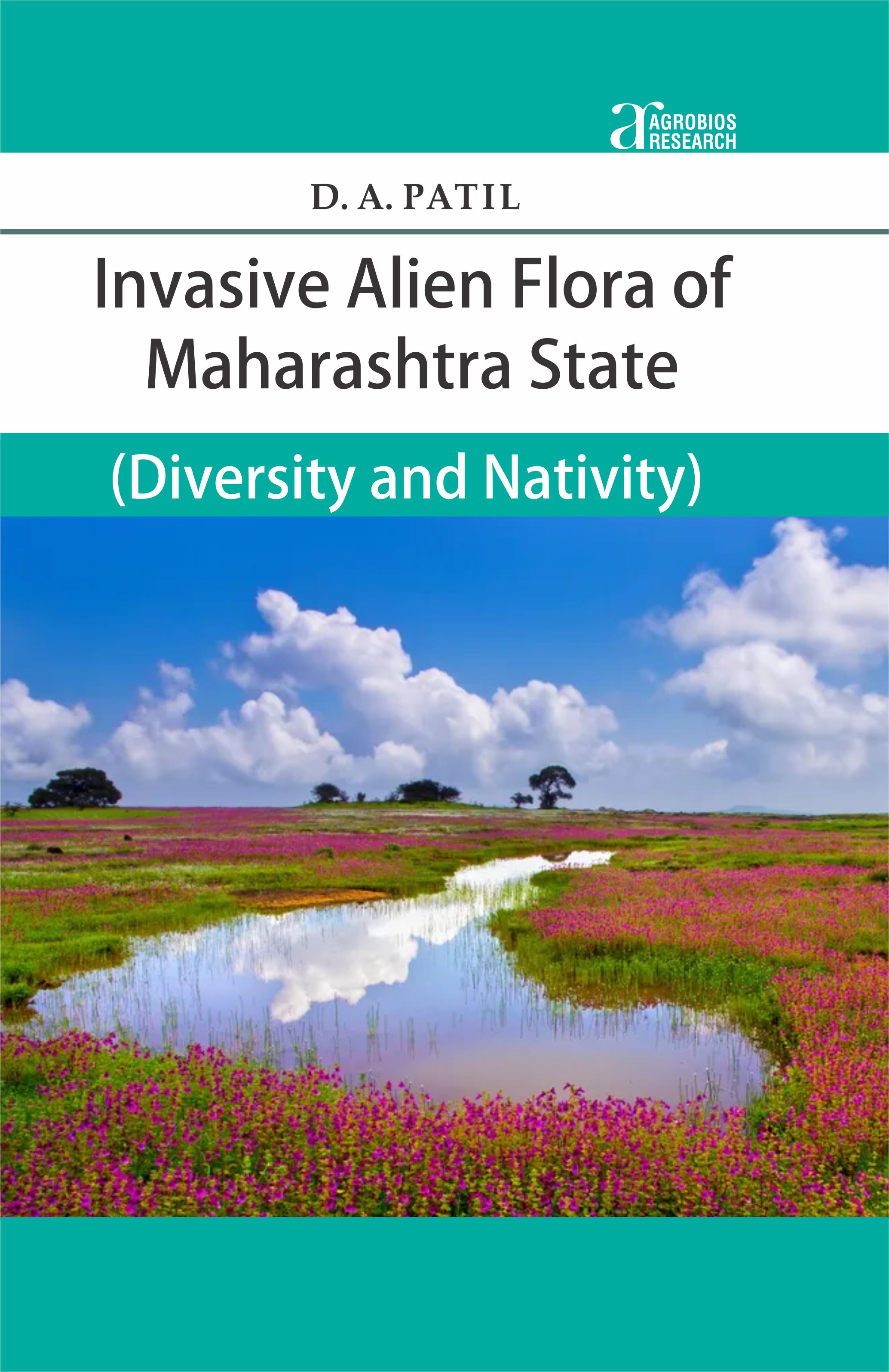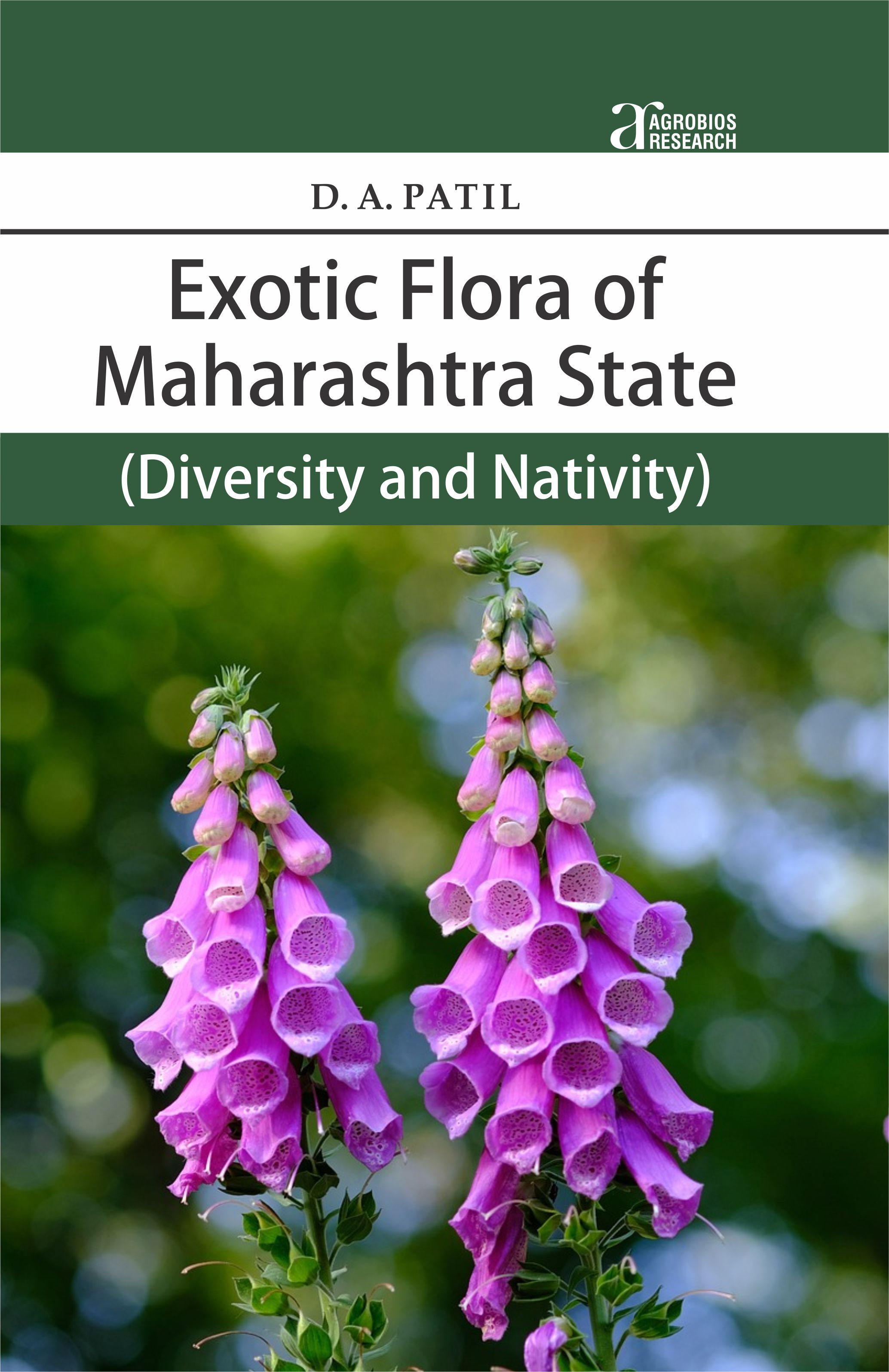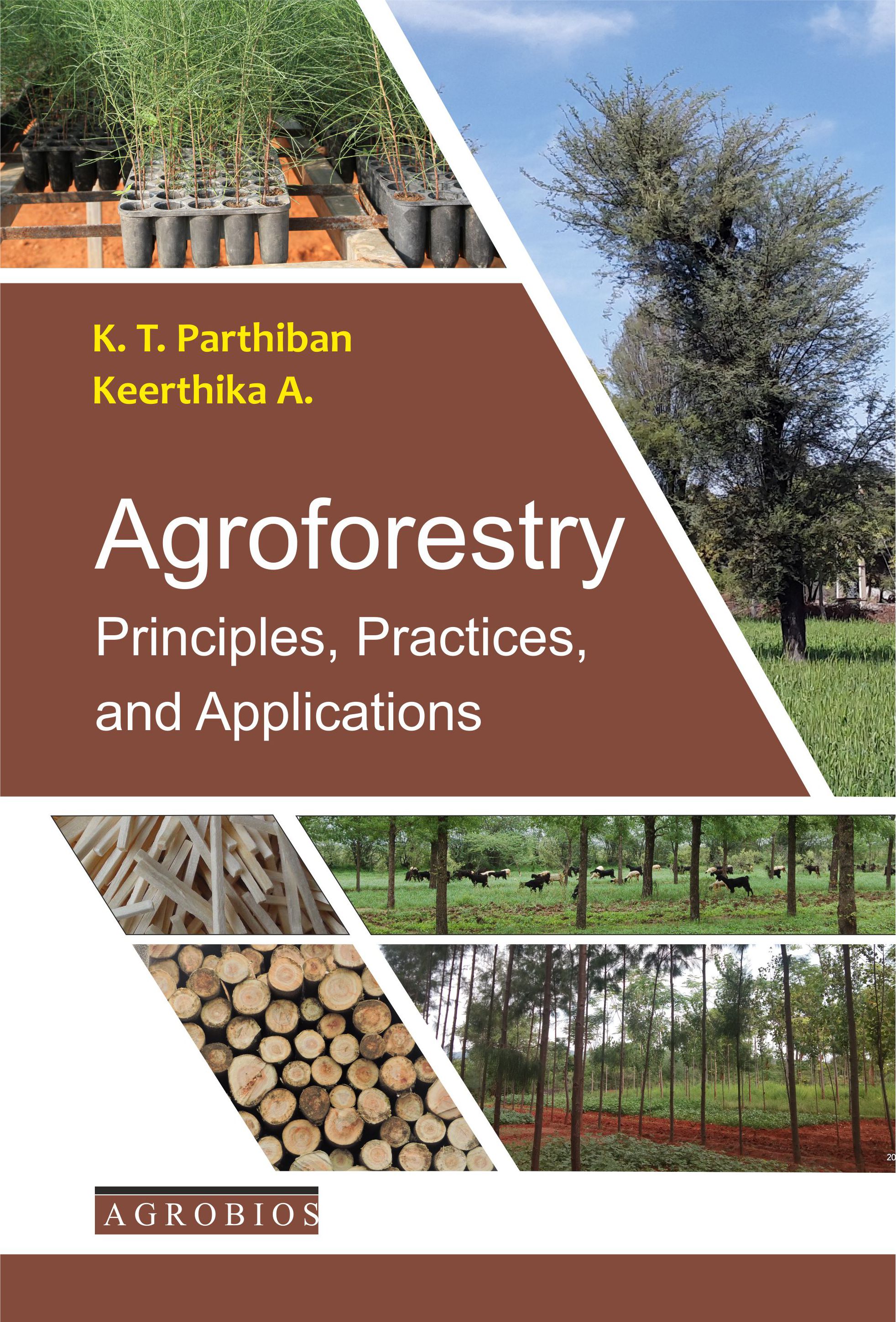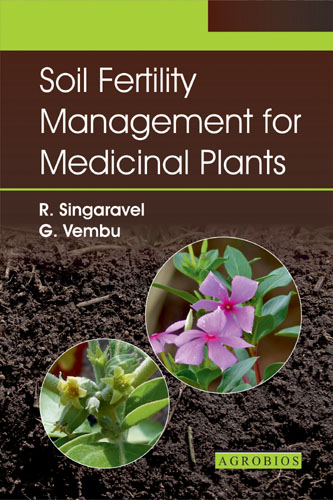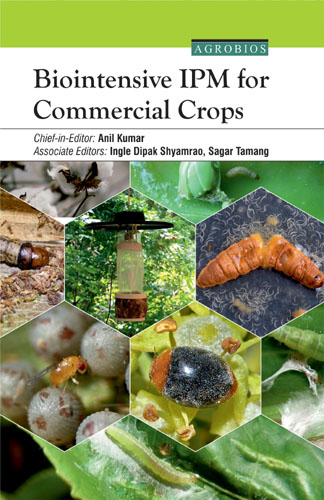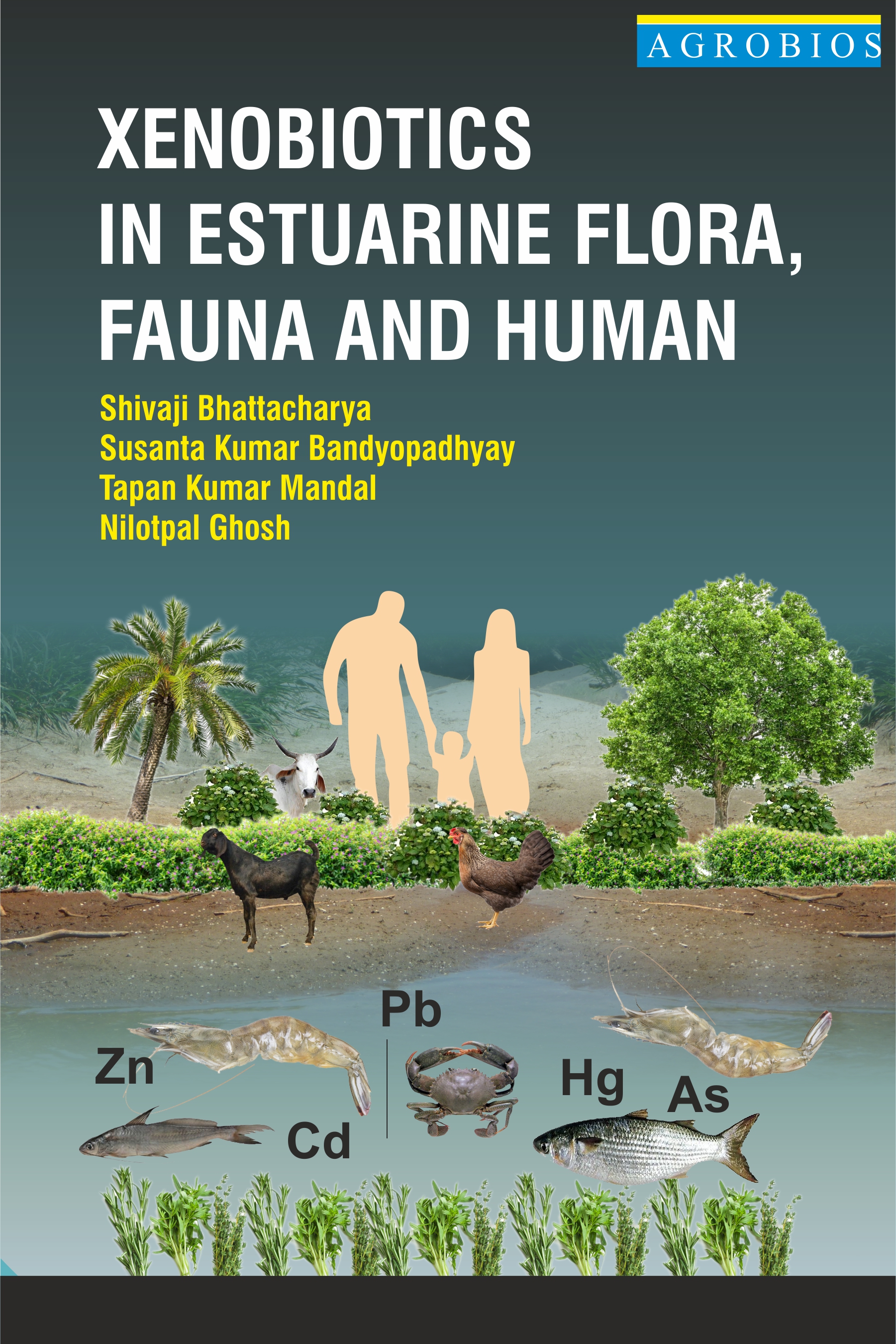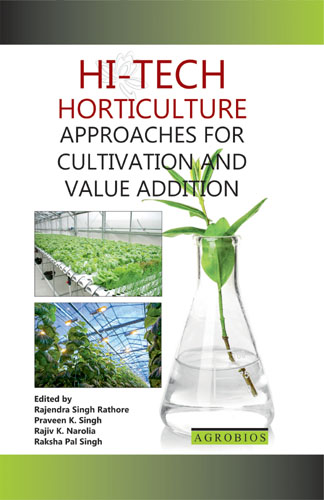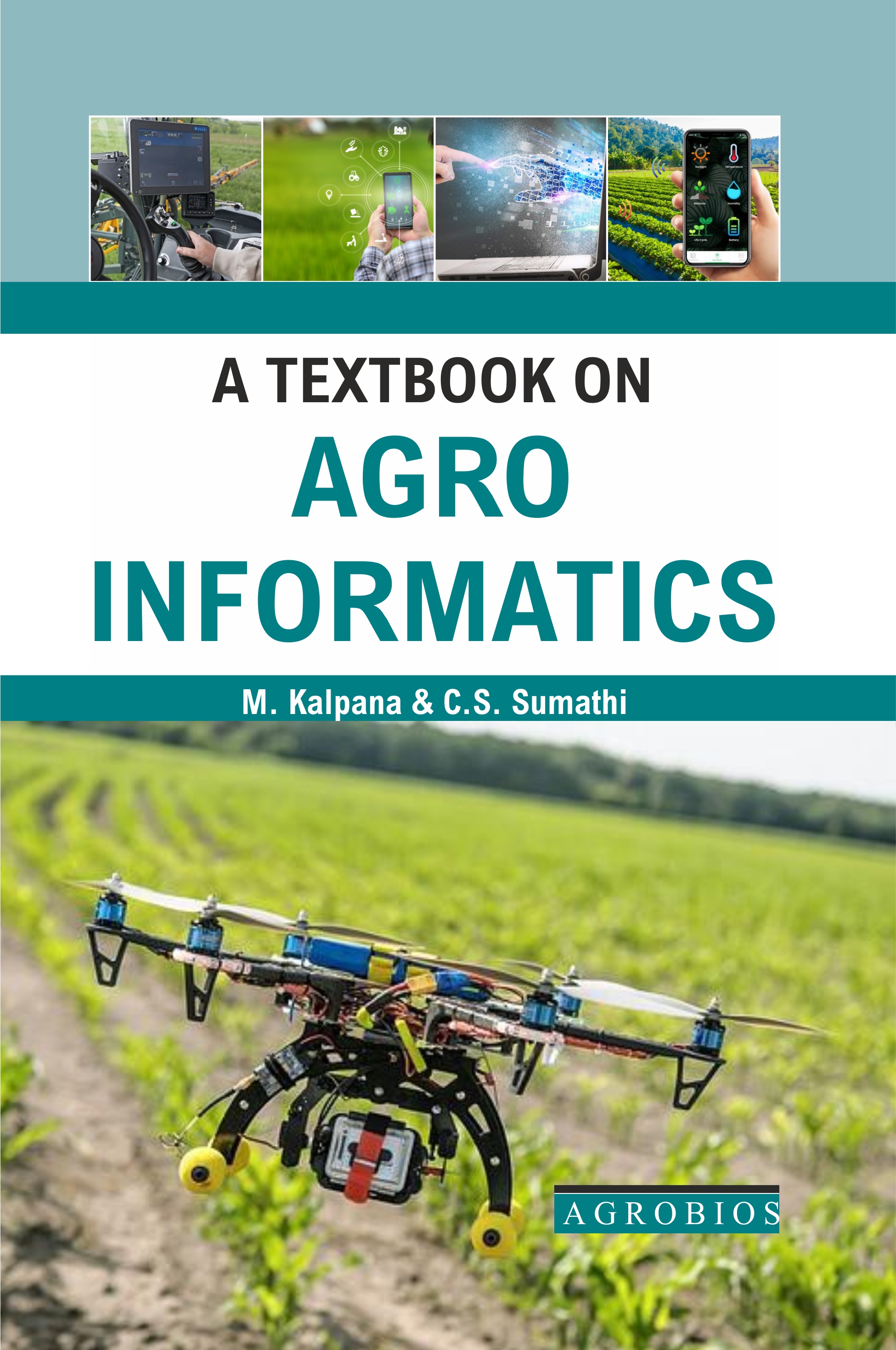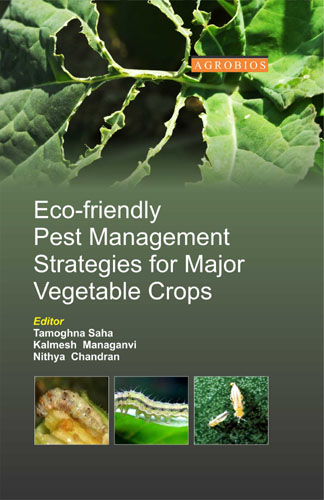Food Resources In Maharashtra State: (wild, Little-known And Underutilized)
India is endowed with rich floristic and ethnic diversity. There are over 400 different tribal and ethnic groups inhabiting India. Apart from these, many forest dwellers and rural people possess traditional knowledge about plants. In other words, we can safely say that the Indian region is very rich in Ethnobotanical heritage which is being verbally passed over many generations. At the same time, we are presently well acknowledged by certain facts such as forest denudation due to illicit cutting, encroachment on vegetational cover, over-exploitation even in virgin forests, plant invasion even in protected areas and ‘hotspots’, ever-increasing population pressure, apart from development activities, climate change, change in lifestyle of some communities and the fast rate of acculturation. These have not only eroded natural wealth but also plantlore or medicolore on Indian landmass.
Dr.E.K. Janaki Ammal initiated ethnobotanical investigations and this scientific activity is greatly filliped by Dr.S.K. Jain and his contemporary senior botanists. Now, India has a trained group of ethnobotanists devoting sustained scientific attention in unearthing Ethnobotanical treasure and heritage. They have unlocked much of the accumulated knowledge related to diverse flora. As a result, vast amount of Ethnobotanical wealth is documented. The data, however, is very scattered in the form of manuals, special publications or proceedings, research papers, etc. It is now a high time to compile these works in the form of state-wise inventories based on selective areas of research in ethnobotany. There is hardly only one publication entitled ‘Handbook of Wild Edible Plants’ by Sood et al. (2012) from the region of North-West Himalaya. Such state-wise or region-wise compilation of inventories are the dire necessity to make readily available at one place. This will help greatly the future workers in Ethnobotany and more advanced studies based on the revealed plantlore for well being of mankind and the Indian nation in particular. Ethnobotanical investigations are initiated by Dr.V.D. Vartak and his associates in Maharashtra state. Their mission has been clearly followed by workers in different universities and institutions. Advances in ethnobotanical investigations in the state of Maharashtra are now well documented and published in various forms. Myself and my associates also carried out extensive and intensive ethnobotanical investigations in northern part of Maharashtra. After my superannuation from active service, I decided to have inventory based on our contribution in this realm, apart from the institutions and academic bodies as referred in the text. I personally decided to have only one aspect viz., food resources from wild, little-known and underutilized ones in the state of Maharashtra. The results of this study and compilations are being presented in this publication with the main objective stated above. Special care has been taken to put all researches on each species from different corners of the state. Each species is dilated with necessary information (plant name, synonyms, local plant names, phenology, occurrence of species, geographical region of people who used, part used, alongwith concerned literary source) which can be consulted by the future research workers in Maharashtra and outside as well.
Information contained in this publication would be an asset for research students, teachers, botanists in various compartments of enquiries in plant science. It is also useful for those working in fields like plant breeding, agriculture, horticulture, forestry, economic botany, besides plant explorers and plant lovers, I hope it will find place on the shelf of library of colleges, universities, research institutions, Govt. offices, agriculturalists, horticulturists, forest departments, apart from personal ones. More importantly, it will be useful as an aid for authentic publication for examining the issues of patenting. It will also act as a guide for alleviation of malnutrition, hidden hunger, poverty and food security. Traditional knowledge of food sources from entire state of Maharashtra, whether from wild or underutilized ones, will help widen useful food basket. After value-addition, these sources will help suffice the needs of mankind.
Dr. (Prof.) Patil DA
 555
555 Introduction
|
Status of Underutilized Plant
Species |
Significance
of Underutilized Species |
|
Role By
Underutilised Plant Species |
Wild
Relatives |
|
Food During
Famine and Scarcity |
Useful Plant
Parts and Products |
|
Hidden Hunger |
Cereals,
Pseudocereals and Millets |
|
Need to
Promote Underutilised Species |
Spices and
Condiments |
|
Traditional
Knowledge and Cultural Diversity |
State of
Maharashtra |
|
Agrobiodiversity |
Botanization
in Maharashtra |
|
Homestead
Gardens |
Ethnobotanical
Studies in Maharashtra |
|
Tapping Down
Underutilized Species Diversity |
Reasons for
Undertaking Compilation of Book |
|
Diversity of
Cultigens and Underutilized Plants |
Methodology
Adapted |
|
Underutilized
Species: Directions And Concerns |
Analysis of
Ethnoflora |
|
Underutilized
Species: Identification And Parameters |
Botanicals
Used as Food Sources |
Systematic Enumeration
|
Acanthaceae |
Costaceae |
Nyctaginaceae |
|
Agavaceae |
Crasulaceae |
Nyphaeaceae |
|
Aizoaceae |
Cucurbitaceae |
Olacaceae |
|
Alangiaceae |
Cyperaceae |
Oleaceae |
|
Alismataceae |
Dilleniaceae |
Orchidaceae |
|
Amaranthaceae |
Dioscoreaceae |
Oxalidaceae |
|
Anacardiaceae |
Ebenaceae |
Pandanaceae |
|
Annonaceae |
Ehretiaceae |
Papaveraceae |
|
Apiaceae |
Elaegnaceae |
Papilionaceae |
|
Apocynaceae |
Elaeocarpaceae |
Passifloraceae |
|
Araceae |
Euphorbiceae |
Pedaliaceae |
|
Arecaceae |
Flacourtiaceae |
Piperaceae |
|
Aristolochiaceae |
Gentianaceae |
Plumbaginaceae |
|
Asclepiadaceae |
Hydrocharitaceae |
Poaceae |
|
Asteraceae |
Hydrophylaceae |
Polygonaceae |
|
Balanitaceae |
Hypoxidaceae |
Pontederiaceae |
|
Balsaminaceae |
Lamiaceae |
Portulacaceae |
|
Basellaceae |
Lauraceae |
Rhamnaceae |
|
Begoniaceae |
Lecythidaceae |
Rubiaceae |
|
Bignoniaceae |
Leeaceae |
Rutaceae |
|
Bombacaceae |
Liliaceae |
Salvadoraceae |
|
Boraginaceae |
Loganiaceae |
Santalaceae |
|
Brassicaceae |
Loranthaceae |
Sapindaceae |
|
Burseraceae |
Lythraceae |
Sapotaceae |
|
Cactaceae |
Malvaceae |
Scrophulariaceae |
|
Caesalpiniaceae |
Melastomaceae |
Smilacaceae |
|
Capparidaceae |
Meliaceae |
Solanaceae |
|
Caricaceae |
Menispermaceae |
Sterculiaceae |
|
Caryophyllceae |
Mimosaceae |
Taccaceae |
|
Celastraceae |
Molluginaceae |
Tiliaceae |
|
Chenopodiaceae |
Moraceae |
Typhaceae |
|
Clusiaceae |
Moringaceae |
Ulmaceae |
|
Cochlospermaceae |
Musaceae |
Urticaceae |
|
Combretaceae |
Myrsinaceae |
Verbenaceae |
|
Commelinaceae |
Myrtaceae |
Vitaceae |
|
Connaraceae |
Nelumbonaceae |
Zingiberaceae |
|
Convolvulaceae |
|
Zygophyllaceae |
References
Book Details
Food Resources In Maharashtra State: (wild, Little-known And Underutilized)
REFERENCE BOOK
350
0
0
AMERICAN ROYAL (6X9)
0 Gms
All Rights Reserved
M/s AGROBIOS RESEARCH
FIELD WORKERS | GENERAL READERS | PG STUDENTS | SCIENTISTS AND RESEARCHERS |
Botany , General Agriculture , Horticulture , Medicinal And Aromatic Plants , Biodiversity , Botany , Ethnobotany , Medicinal & Aromatic Plants ,



